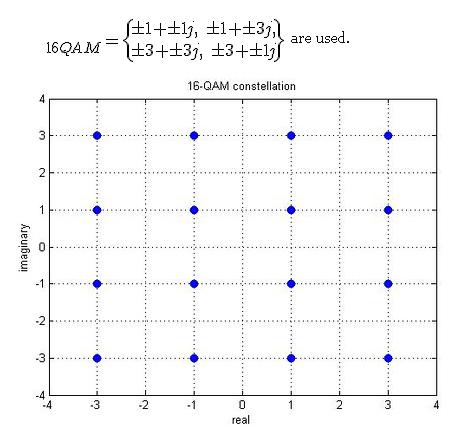naspek
Member level 1

Hey there.. got question here..
i been searching around the net.. but still didn't get any answer for my question..
An analogue source produces an audio and video signals. Explain with a transmitter block diagram, how the two signals can be transmitted with other digital signals over a noisy bandpass channel.
Please.. give me an idea to answer this question.. thanks! =) :-|
i been searching around the net.. but still didn't get any answer for my question..
An analogue source produces an audio and video signals. Explain with a transmitter block diagram, how the two signals can be transmitted with other digital signals over a noisy bandpass channel.
Please.. give me an idea to answer this question.. thanks! =) :-|



